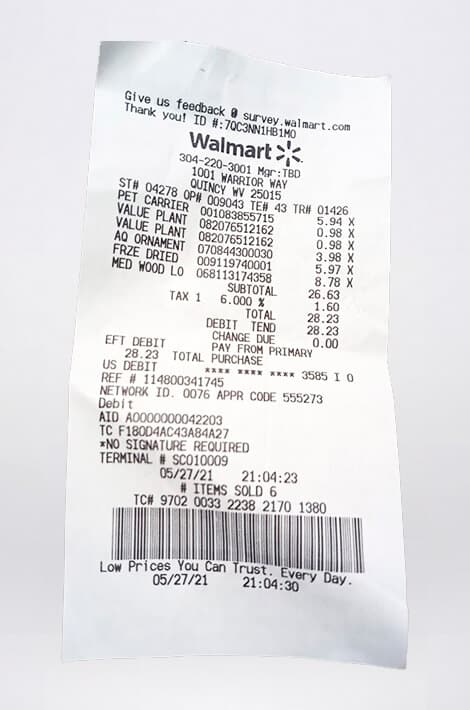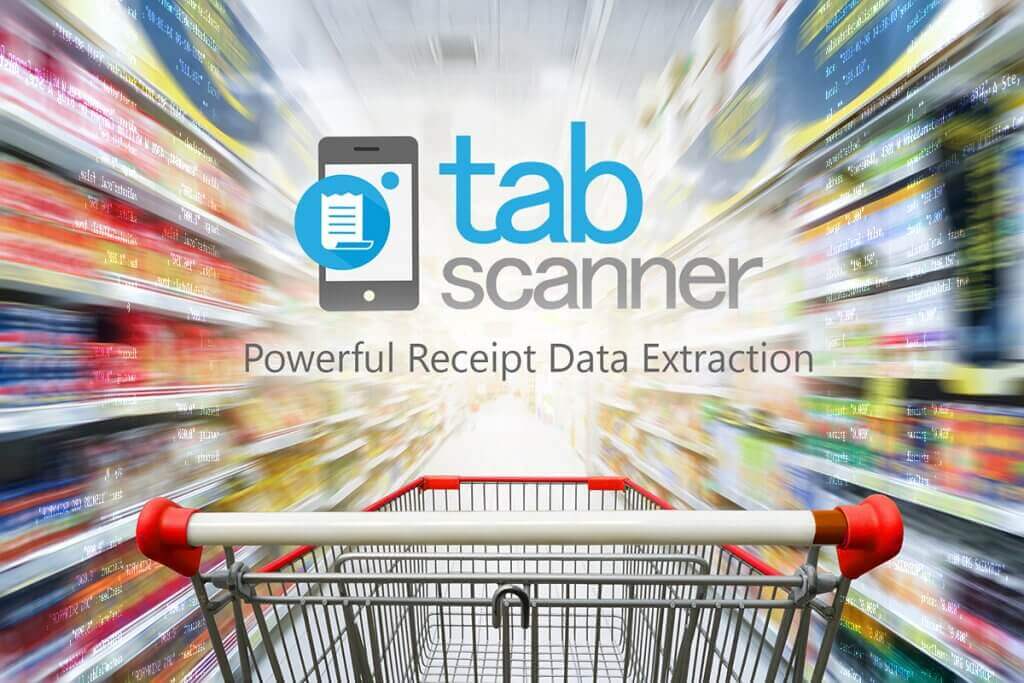OCR Supermarket Receipts
Anyone who has ever attempted to gather product and pricing data from supermarket receipts will tell you that it’s a challenging endeavour. Harvesting data from a large volume of receipts requires time, precision, and the co-operation of consumers.
It’s one thing gathering the data, it’s quite another processing the receipts into usable data. You might be able to outsource this work, maybe to Amazon’s Mechanical Turk or through crowdsourcing, but there is always the issue that data may not be accurate enough to be actioned.
Then there’s the problem that mistakes are commonplace – and the whole process could be quite costly. Your best bet is to use an app with the most accurate receipt OCR API – Tabscanner. This will save you much time and hassle. And able to achieve 98% core accuracy with its progressive line-by-line data extraction, you’re guaranteed superior results.
Let’s look at what is likely to be the next evolution of the commercial receipt scanner – supermarket receipt scanning and how you can use the data to conduct product research, instigate product improvements, and much, much more.
How to OCR Supermarket Receipts?
Knowing the theory behind how OCR works is all well and good and how customers can provide you with valuable insight, but what does this look like in practice?
Well, it’s quite simple. We’ll use a hospitality analogy. Think of it this way, the receipt scanning API is like a waiter who takes your order at a restaurant which they then then communicate to the kitchen who cook the food before the waiter then delivers to your table. The API has several steps which are as follows:
- The customer takes a picture of their receipt and uploads it with a button on their mobile
- API then scans the image
- AI examines and corrects any faults in the image transferring it into a clear digital file
- Machine learning identifies important data points, identifying line data and transferring it into a JSON (JavaScript) file
- The API then provides you with the digital file in a matter of seconds
In this analogy, the chef in the kitchen is your AI, trained to recognise and prepare the ordered dish – which can be a receipt, invoice, or any other structured document. The AI learns to determine what each data field is using machine learning. This can be a product line, a price, a currency, merchant address or contact details.
Like a chef, the more the AI recognises and prepares the data, the better they become at it and is able to almost perfect it’s craft… only in this case, it’s not a signature dish, but data aggregation. Choose the right receipt parsing API, like the one developed by Tabscanner, and completing the tasks to 98% core accuracy or better becomes routine.
Better still, Tabscanner can accurately read faded receipt data, meaning that you won’t have to worry that prolonged exposure to sunlight and faded ink will compromise the data you glean. Information extraction from receipts using machine learning AI is big business, with POS sale receipts expected to continue to increase in number each year until at least 2033.
What Data Can Be Extracted from Supermarket Receipts?
In a basic sense, all data on a receipt can be extracted and transferred to a digital format, providing you with valuable insight. You can learn what the most popular items are on the menu, how much people spend and their busiest time of day. But that’s just the beginning. Greater insights can be gleaned, allowing you to run special offers or learn what customers order what – at what time. All of this is essential to research.
Let’s look at the vital information you can learn from using a receipt parser to scan supermarket receipts.
Supermarket Receipt Data Extraction
Supermarket product data can include a whole host of information. It can include the product, quantity, amount, descriptions, brands, ingredients, you name it. Some even include the country of origin.
Every specific byte of information has a data point. From these data points, brands can then gain insight into customer shopping behaviour and optimise their sales by running special offers, discounts, or even rewards.
Supermarket Receipts OCR Data Classification
Now, supermarket products are classified. Some can be meats, others can be vegetables, fruits, dairy products, juices, alcohol and so on. Customer orders (and hence receipt line data) can be classified in a number of different ways, including nutritional values, products with specific ingredients, like nuts, etcetera.
This data can be used by supermarkets in several ways, such as reviewing product placements and optimising aisle layout. There’s a reason why popular products are often located by the till – this placement encourages consumers to spend more. Without a receipt parsing API, it’s more difficult to learn customer behaviour insights. It’s that simple.
OCR Supermarket Receipts for Merchant Details
Another key metric that a receipt parser can help supermarkets to understand is the merchant contact details. This data can be extracted from receipts, providing a general insight into suppliers and store locations.
From an outside perspective this might not sound all that important, but if a supermarket decides that product supplier quality isn’t good enough they may decide to switch suppliers. Knowing the types of products an individual supplier offers and their locations can be vital in choosing a new supplier.
Supermarkets Receipts Price Data Extraction
Supermarkets need to be competitive with their pricing. Reputation alone isn’t enough to turn customers into brand advocates. After all, most people will choose a supermarket that offers the same quality of product for a cheaper cost when given a choice, right?
Data that demonstrates product price, VAT paid, amount of shopping bought, and currency can be essential for supermarkets to remain competitive. This can be extracted with the right receipt parsing API, giving supermarkets deeper insights into customer behaviour and the opportunity to optimise their product lines – and prices.
Pinpoint Accurate OCR and AI Machine Learning Will Inform Important Decisions
Tabscanner’s pinpoint accurate OCR and machine learning AI is integral to helping supermarkets to optimise their product offerings and the service that they are able to offer customers.
Able to read faded receipts and individual line-item data with precision with the world’s most accurate OCR, it’s clear that the software can be vital to helping supermarkets to increase their sales revenue and profits.
Supermarket competition might be fierce, but supermarkets can position themselves as the cream of the crop with the insights that OCR and machine learning the software can provide.
What will the evolution of the commercial receipt scanner be for supermarkets? You’d be hard pressed to bet against it! Tabscanner has the ideal receipt OCR API for supermarkets to accurately extract the data. In any language and usually within 2 seconds per receipt. Making it the most advanced technology for POS receipt data capture.
FAQ
Question: What are API receipts?





